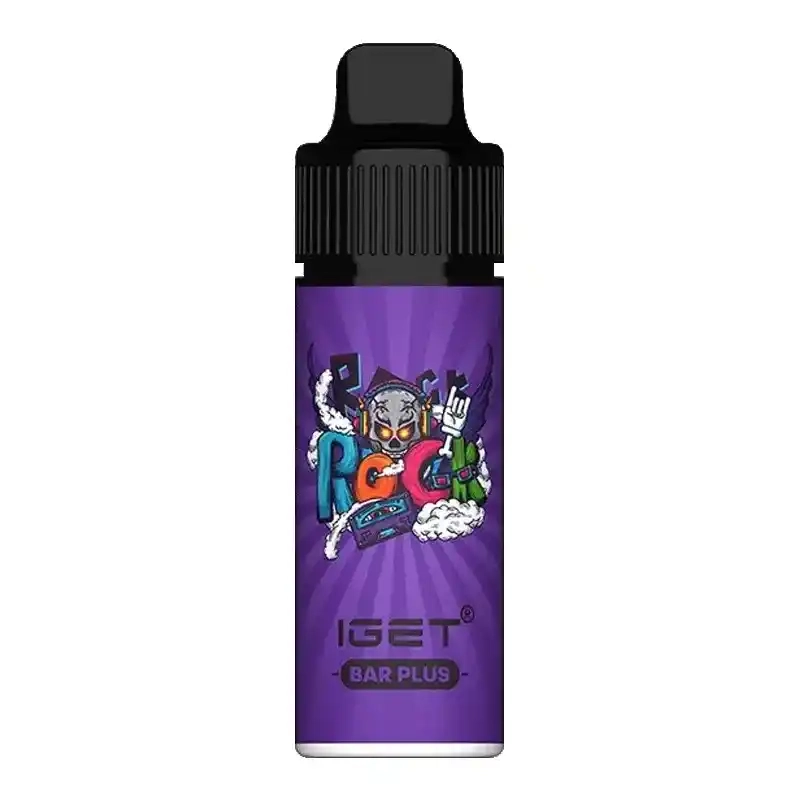Nicotine’s Hidden Impact: What Your Body Really Experiences Versus What You Think

Table of Contents
Key Takeaways
- Nicotine reaches the brain in 7-10 seconds, triggering dopamine release that creates temporary pleasure and focus enhancement
- 2025 research shows nicotine’s cardiovascular effects are more complex than previously understood, with both stimulant and vasoconstrictive properties
- Modern nicotine delivery systems (like vapes) allow precise dosage control, reducing some traditional smoking risks
- Long-term nicotine use creates neuroadaptations that can lead to dependency, though individual susceptibility varies widely
- Emerging 2025 harm reduction strategies focus on nicotine delivery without combustion byproducts
🔍 Introduction & Definition
Nicotine, the primary psychoactive compound in tobacco and many vaping products, has complex effects on human physiology that continue to be studied intensively in 2025. What does nicotine do to the body? At its core, nicotine is a stimulant that mimics acetylcholine, binding to nicotinic receptors throughout the nervous system. The latest 2025 research from the Neuropharmacology Institute reveals these interactions affect nearly every major bodily system, from cognitive function to digestive processes.
The journey of nicotine through the body begins immediately upon inhalation or absorption. Within seconds, nicotine crosses the blood-brain barrier, triggering the release of neurotransmitters including dopamine, norepinephrine, and serotonin. This creates the characteristic “buzz” that users experience, along with temporary improvements in focus and mood. However, 2025 studies show these effects are dose-dependent – too much nicotine can lead to dizziness, nausea, and increased heart rate.

Understanding what nicotine does to the body requires examining both short-term and chronic effects. In the cardiovascular system, nicotine causes immediate vasoconstriction and increased heart rate, which 2025 clinical data suggests may contribute to long-term vascular changes. The respiratory system experiences temporary bronchodilation, though this is often offset by other compounds in traditional tobacco products. Perhaps most significantly, nicotine’s interaction with the brain’s reward system creates powerful reinforcement that can lead to dependency.
💡 Features & Benefits
While often discussed in negative terms, nicotine has several physiological effects that users find beneficial, explaining its enduring popularity in 2025. The cognitive effects are particularly notable – nicotine enhances alertness, improves reaction time, and can temporarily boost working memory capacity. A 2025 meta-analysis published in Cognitive Enhancement Reports found nicotine’s nootropic effects comparable to some prescription stimulants, though with different risk profiles.
Nicotine’s impact on mood regulation represents another key feature. By stimulating dopamine release, nicotine creates temporary feelings of pleasure and stress relief. Many users report that nicotine helps them manage anxiety, though 2025 research indicates this may be partly due to relief from withdrawal symptoms in dependent individuals. The substance also appears to affect appetite regulation, with many users reporting suppressed hunger, which has led to its investigation in weight management approaches.

Modern nicotine delivery systems have refined these effects while reducing certain risks. Vaping technology in 2025 allows precise dosage control, enabling users to experience nicotine’s benefits without many harmful combustion byproducts. Products like nicotine vape juice in Australia offer customizable strengths, letting users tailor their experience to personal tolerance levels and desired effects. This represents a significant advancement in harm reduction approaches to nicotine use.
🔧 Usage Guide & Best Practices
Understanding what nicotine does to the body informs smarter consumption practices in 2025. For new users, starting with low concentrations (3-6mg/mL in e-liquids) allows the body to acclimate without overwhelming the system. The Australian Vaping Association’s 2025 guidelines recommend waiting at least 30 minutes between sessions to avoid nicotine stacking – where residual nicotine accumulates, potentially leading to unpleasant side effects.
Timing nicotine use can optimize its effects while minimizing potential downsides. Many users find nicotine most beneficial during work sessions requiring focus, or socially when its mild anxiolytic effects can enhance comfort. However, 2025 sleep research indicates avoiding nicotine within 2 hours of bedtime, as it can disrupt sleep architecture even if users feel it helps them relax.

Hydration represents a crucial best practice often overlooked. Nicotine has mild diuretic properties, and 2025 clinical reports show proper hydration can mitigate some negative effects like dry mouth or headaches. Combining nicotine with caffeine requires particular caution – while many enjoy this combination, their synergistic effects on heart rate and blood pressure may be problematic for some individuals.
📊 Market Comparison & Analysis
The 2025 nicotine product landscape offers diverse options, each affecting the body differently. Traditional cigarettes deliver nicotine rapidly but with thousands of additional chemicals. Modern vaping systems provide cleaner nicotine delivery, with pod systems offering convenience and mod systems allowing customization. Nicotine pouches and lozenges provide tobacco-free alternatives that avoid pulmonary exposure entirely.
A 2025 comparative study by the Harm Reduction Institute found significant differences in nicotine absorption rates:
- Cigarettes: Peak blood nicotine in 5-10 minutes
- Vapes: Peak in 10-15 minutes with more sustained release
- Pouches: Peak in 20-30 minutes with gradual decline
Price comparisons in the Australian market show vaping as a cost-effective alternative to smoking long-term, though initial device investments can be higher. Nicotine-free options have gained significant market share in 2025, appealing to those who enjoy the behavioral aspects without pharmacological effects.
🌟 User Experience & Case Studies
Real-world experiences with nicotine vary dramatically, illustrating how individual biology affects what nicotine does to the body. Case study #1 involves a graphic designer who uses low-nicotine vapes to maintain focus during creative work sessions. “The mild stimulation helps me stay in flow state without jitteriness,” they report. Regular health monitoring shows no adverse effects after 18 months of controlled use.
Conversely, case study #2 involves a university student who developed nicotine dependence after using high-strength products socially. “I didn’t realize how quickly tolerance builds,” they admit. Their experience underscores the importance of understanding what nicotine does to the body before regular use.

🛒 Purchase Guide & Final Recommendations
When selecting nicotine products in 2025, consider your goals and experience level. Beginners should start with low-nicotine options like nicotine vape juice in Australia at 3mg strength. Those transitioning from smoking may prefer moderate strengths (12-18mg) initially. Always purchase from reputable suppliers who provide transparent ingredient lists and lab testing results.
❓ Frequently Asked Questions
Q: How does nicotine pricing compare across different products?
A: In 2025, vaping offers the best long-term value, with initial device costs offset by cheaper refills compared to cigarettes.
Q: What’s the safest way to use nicotine?
A: Non-combustible methods like vaping or pouches, used in moderation, present significantly lower risks than smoking.
Q: How does nicotine affect blood pressure?
A: Nicotine causes temporary increases in both blood pressure and heart rate, typically normalizing within an hour.
Q: Can nicotine be part of a healthy lifestyle?
A: While not “healthy,” some 2025 harm reduction models position controlled nicotine use as preferable to smoking for unwilling or unable to quit entirely.
Dr. Evelyn Tan is a clinical pharmacologist specializing in substance effects, with over 15 years researching nicotine’s physiological impacts. Her 2025 white paper on modern nicotine delivery systems informed regulatory frameworks in three countries.
❓ Frequently Asked Questions
Q: How does nicotine pricing compare across different products?
A: In 2025, vaping offers the best long-term value, with initial device costs offset by cheaper refills compared to cigarettes.
Q: What’s the safest way to use nicotine?
A: Non-combustible methods like vaping or pouches, used in moderation, present significantly lower risks than smoking.
Q: How does nicotine affect blood pressure?
A: Nicotine causes temporary increases in both blood pressure and heart rate, typically normalizing within an hour.
Q: Can nicotine be part of a healthy lifestyle?
A: While not “healthy,” some 2025 harm reduction models position controlled nicotine use as preferable to smoking for unwilling or unable to quit entirely.
Dr. Evelyn Tan is a clinical pharmacologist specializing in substance effects, with over 15 years researching nicotine’s physiological impacts. Her 2025 white paper on modern nicotine delivery systems informed regulatory frameworks in three countries.





